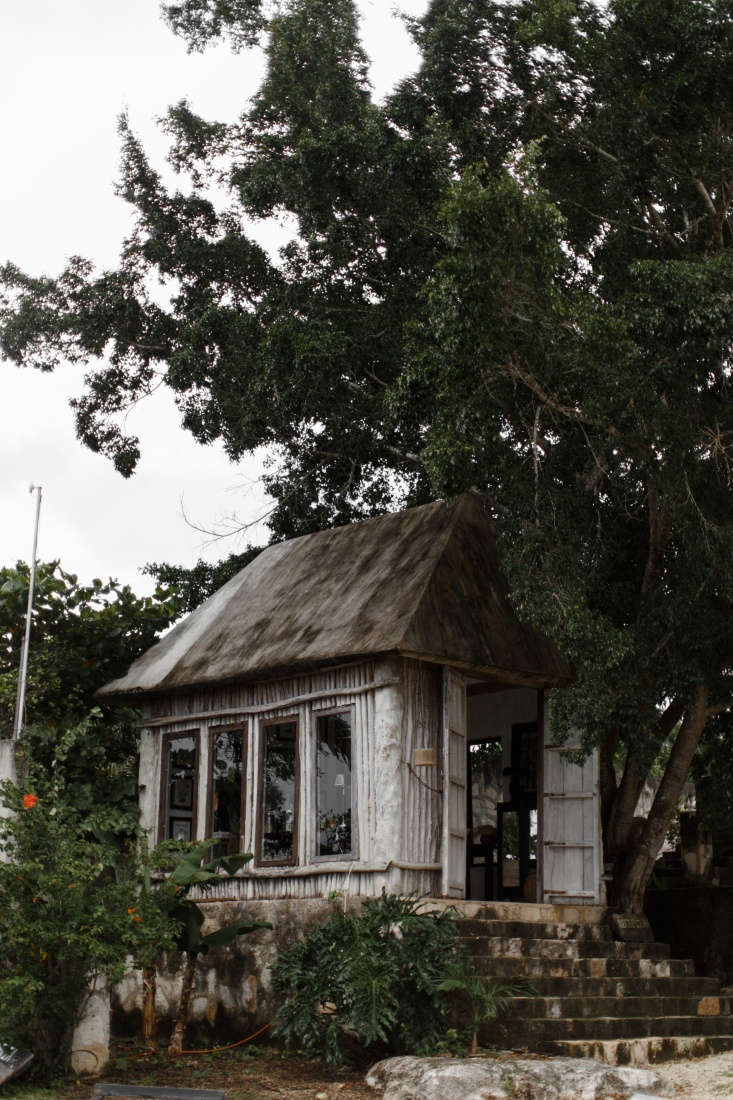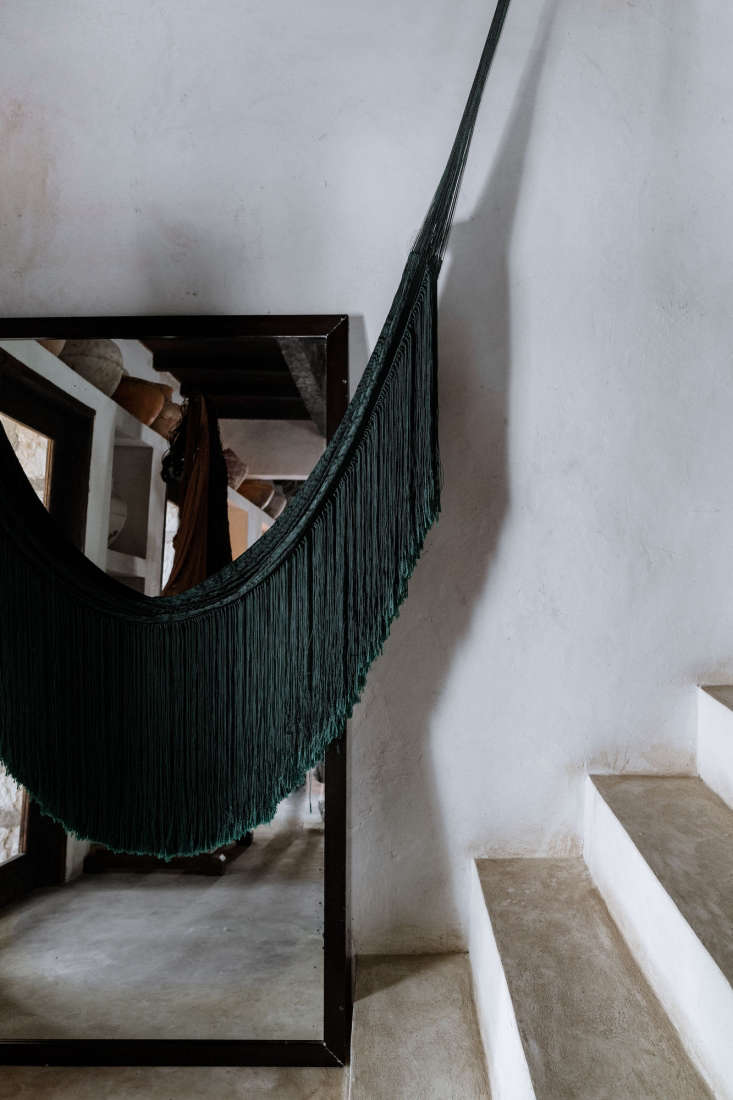While a dreary late February rain hits the windows of my Manhattan apartment, I’m vicariously visiting the Coqui Coqui Coba Residence & Spa on the Yucatán peninsula, in the Mayan village of Coba.
We also admire the luxe interiors (see Mexican Luxury: Coqui Coqui on the Yucatán Peninsula on Remodelista), but of particular interest to me is the aerie out-of-doors, where sunken plunge pools and winding stone stairways feel as though they’re at one with the Mayan ruins. I imagine that the fragrance of lime and mint—which grow wild on the property, and which inspired the Coqui Coqui perfumery’s Coba scent—wafts over the pools and down the walled pathways. Armchair travelers, join us for a look.
Photography by Eduardo Cerruti and Stephanie Draime of Cerruti Draime.



As the story goes, hundreds of years ago Franciscan monks made perfumes from the tropical flowers and botanicals of the Yucatán peninsula, which were then sold—and prized—throughout the Spanish Empire.
Argentina native Nicolas Malleville—who, together with Francesca Bonato, is the landscape architect, model, perfumer, and hotelier behind Coqui Coqui’s boutique resorts—was inspired by the scents of the Yucatán catalogued at Le Jardins de Bagatelle in Paris, the Hanbury Botanical Gardens in Italy, and Kew Gardens in the UK.
Coqui Coqui Perfumeria’s scents, bottled with history in mind, feature lime and mint.






Time for a tropical escape? More in Mexico:
- Garden Visit: A French Aesthete in Todos Santos, Mexico
- Studio Visit: At Home with Flores Cosmos in Mexico City
- One Bedroom, Desert View: A Tiny Casita in Mexico, Swimming Pool Included
Finally, get more ideas on how to integrate a swimming pool into your landscape or exterior home project with our Hardscaping 101: Swimming Pools guide.












Have a Question or Comment About This Post?
Join the conversation (0)